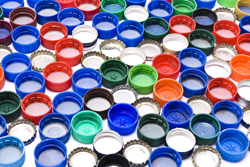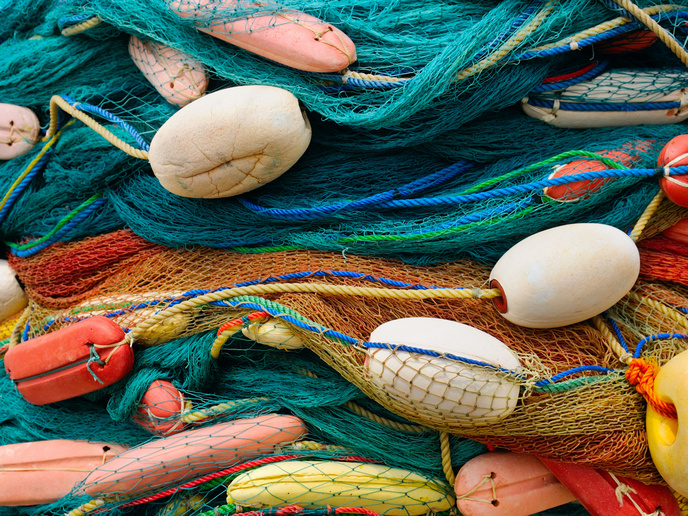Understanding the origins of polymer processing instabilities
Polymers have come to play an essential and ubiquitous role in everyday life. One probably cannot imagine a modern society without them, which is quite remarkable considering that they have only been around for a few decades. Nonetheless, irregularities or defects that frequently appear on the surface of the polymer products as a result of melt instabilities render them commercially unacceptable. At the high rates polymers are processed, instabilities in the extrusion of molten polymers manifest themselves in the form of either small periodic or severe irregular distortions. To increase the production output, melt instabilities must be eliminated or forestalled to higher processing rates. This was precisely the aim of the research project 3PI funded under the Fifth Framework Programme. The 3PI project partners conducted a most elaborate and extensive series of experiments using custom fabricated extruders and different die geometries. Results from various laboratories were then brought together to establish links between the occurrence of melt flow instabilities, processing conditions and the rheological characteristics of the tested polymeric materials. For example, to characterise elastic surface instabilities, stress distortions within the polymer melt were monitored during extrusion using flow-induced birefringence techniques. The collected data on stress concentrations were used to develop a processing map demonstrating how modifying the flow properties of a polymeric fluid near the die slot can suppress sharkskin texture. On the other hand, Laser-Doppler velocimetry (LDV) was used to compile the velocity profile of complex polymer fluids submitted to a shear flow. At shear rates above the sharkskin instability regime, pressure and velocity fluctuations resulted in extrudates characterised by alternating rough and relatively smooth regions. The periodic transitions between weak and strong slip of the capillary wall was considered to be at the origins of this so appropriately named stick-slip instability. The 3PI project partners hope that these experimental results on failure mechanisms will be progressively translated into advanced numerical models for use in the optimisation of polymer processing conditions.







